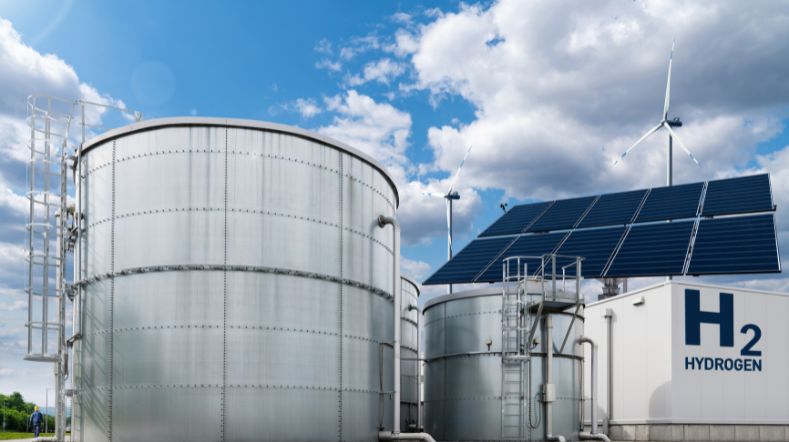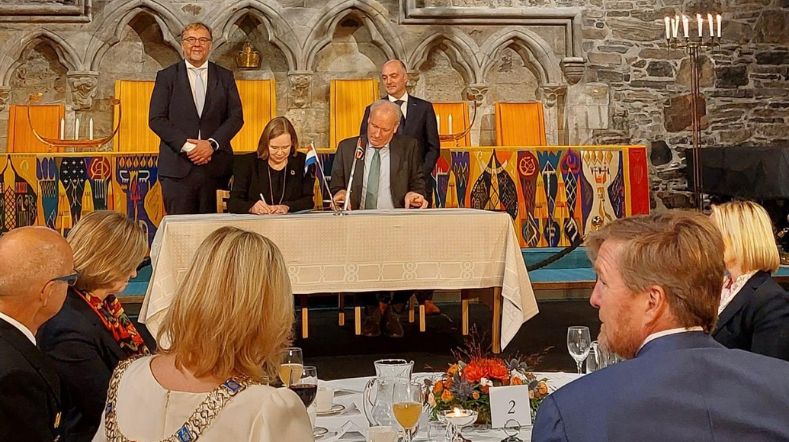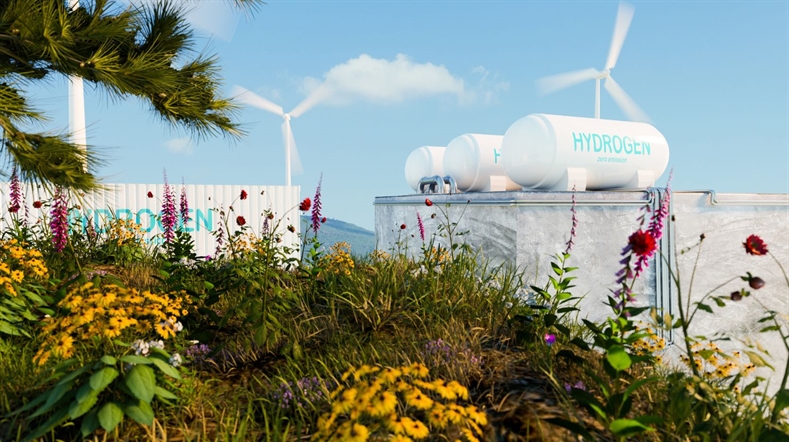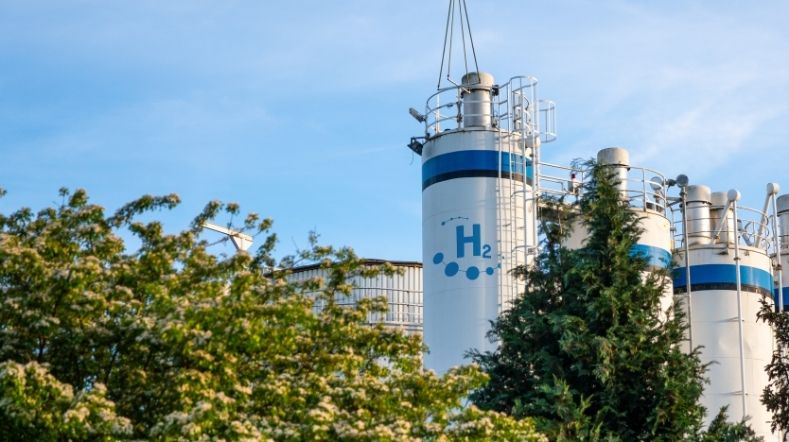
From wind to hydrogen: the energy of the future
In cooperation with
HYGRO Energy
Green hydrogen has an important role to play in the energy transition and in cutting carbon emissions. Together with TNO, hydrogen producer HYGRO Energy will research and help launch the supply chain, which starts with sustainable hydrogen production and ends with sale to road users.
Hydrogen chain ‘from wind to wheel’
HYGRO was the first company in the world to launch the ‘hydrogen mill’ concept: a wind turbine with integrated electrolysis allowing direct hydrogen production. Using hydrogen as the primary energy carrier means that wind turbine and wind farm design will eventually change. As a result, wind energy will become more (cost-)efficient than it is with electricity as the energy carrier.
In the ‘From wind to hydrogen’ project, the partners, including HYGRO and TNO, want to demonstrate the technical possibilities of an efficient, short hydrogen chain and investigate the extent to which sustainable hydrogen can become competitive in terms of costs under the current rules. It is also important to develop targeted policies for companies that want to start using green hydrogen. Additional policies and scaling up will enable further cost reductions, helping to move the transition into a higher gear.
Integration of hydrogen production with wind turbines
Initial steps are currently being taken to integrate hydrogen production with wind turbines. At times when there is no wind, it will be possible to produce green hydrogen using solar energy. Employing an integrated approach to production, high-pressure storage and distribution is expected to lead to cost benefits thanks to shorter and optimised chains.
Scale and volume
Developing integrated hydrogen production at wind turbines and delivering hydrogen to filling stations could provide enough hydrogen to run 50 to 80 hydrogen-electric trucks on green hydrogen in the North Holland region, for example. This is equivalent to between 2,500 and 5,000 hydrogen-electric cars driving 20,000 kilometres a year and a similar number of hydrogen-electric generators being used on construction sites. The result of this project will be a reduction in costs for the hydrogen chain and faster growth in the use of hydrogen for mobility.
Energy infrastructure of the future
Simultaneously scaling up hydrogen production and distribution via filling stations will allow the cost of both hydrogen-powered vehicles (trucks in particular) and the supply of hydrogen to continue to fall rapidly. Over the coming years, this will significantly increase the share of hydrogen-powered mobility, resulting in reduced carbon emissions, while also avoiding noise, NOx, and particulate emissions. The project provides a glimpse into the energy infrastructure of the future.
Project validation and knowledge sharing
Within the project that is made possible in part by RVO Government Service for Entrepreneurs, TNO is responsible for monitoring and validating the expected energy savings and efficiency improvements in the chain from wind to wheel. TNO is analysing the efficiency improvements that HYGRO expects to achieve in the area of electrolysis by means of pulsed power, as well as those in hydrogen distribution by road using the ‘iBundles’ developed by HYGRO.
Broad knowledge sharing is crucial to speed up electrolysis development. Currently, very little practical data is publicly available, for example on the performance of the electrolyser under different conditions. We have a list of more than 20 parameters in relation to which we want to monitor the electrolyser. TNO will share the results of its research and the lessons learned and make these available.
Get inspired
World Hydrogen Summit 2025
Hydrogen in the energy system: The future of sustainable energy in the Netherlands and Europe


NORCE and TNO are entering into a strategic partnership on hydrogen developments


Dutch consortium participates in EU research project on large-scale hydrogen storage in depleted gas fields


Underground hydrogen storage


